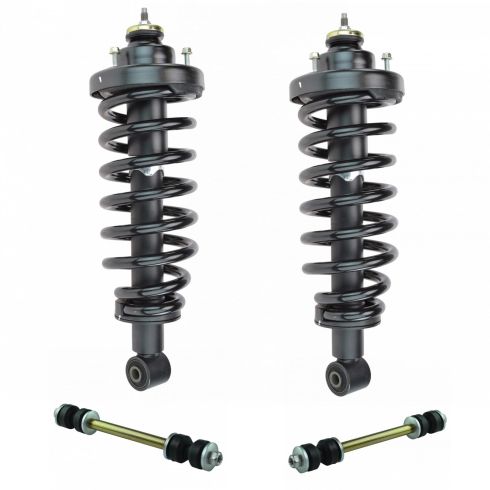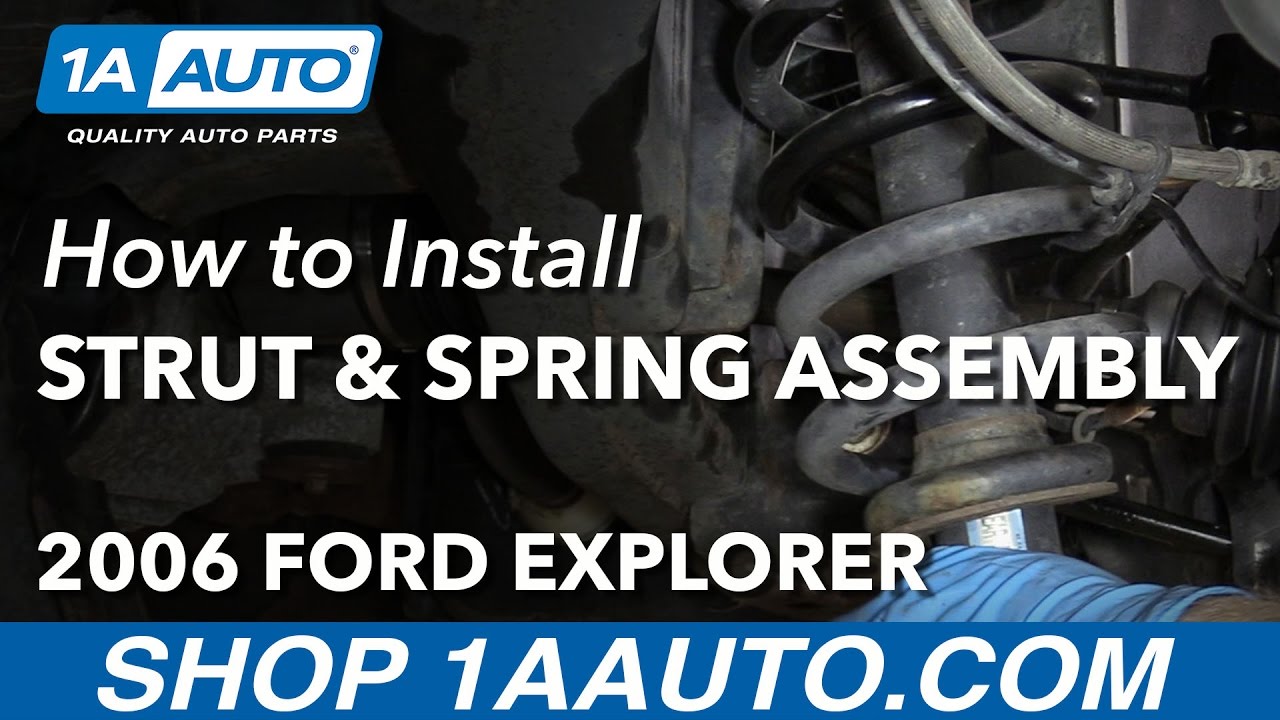1ASSP02271-2006-10 Ford Explorer Mercury Mountaineer Rear 4 Piece Suspension Kit TRQ SCA67121





Replaces
2006-10 Ford Explorer Mercury Mountaineer Rear 4 Piece Suspension Kit TRQ SCA67121



Product Reviews
Loading reviews
4.67/ 5.0
3
3 reviews
Perfect fit perfect price!
April 19, 2021
First time ordering... I was impressed with speedy shipping, product quality, instructional videos, and price.
Coil over struts
June 27, 2021
Parts seem to be good quality and they fit as they should I installed them on 6-26-2021 Ive used similar parts in the past and they have preformed well
The only down side to buying the heavy parts is that the packages show up destroyed
That can be 1- that they need better packaging
Or 2- its the delivery company (UPS) in my area
Smooth ride
July 15, 2023
Why overdue for these to be replaced. Excellent ride now
One box was a little tore up but all the pieces and part were there. Price is excellent and the speed of delivery was great.
Customer Q&A
No questions have been asked about this item.








